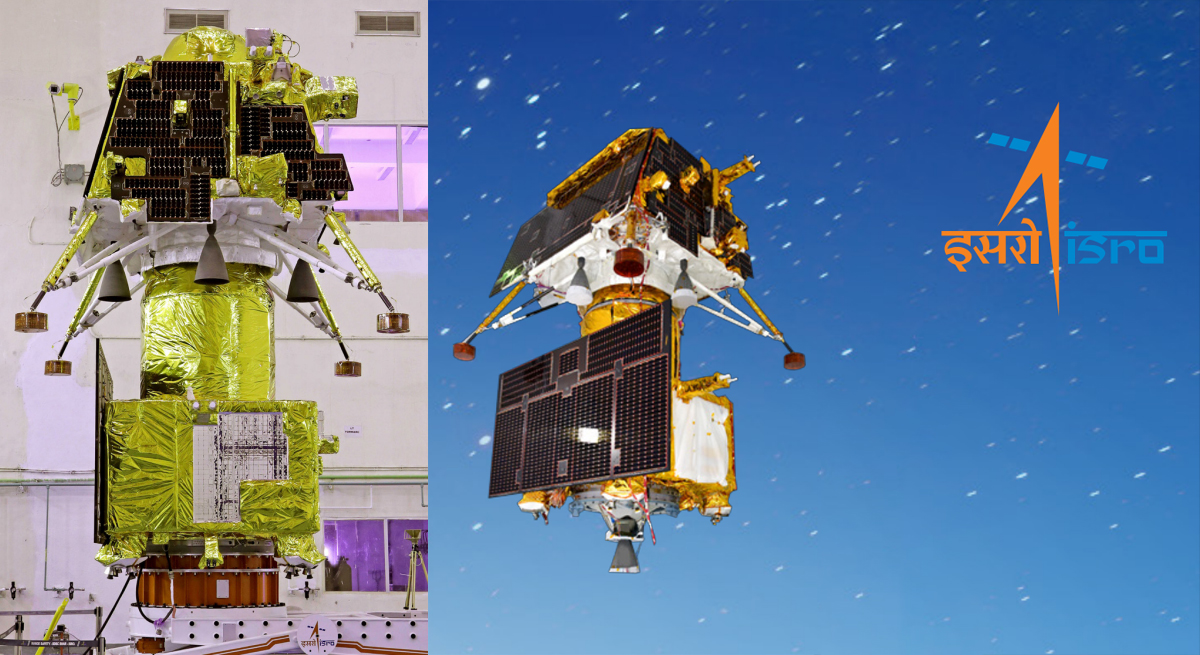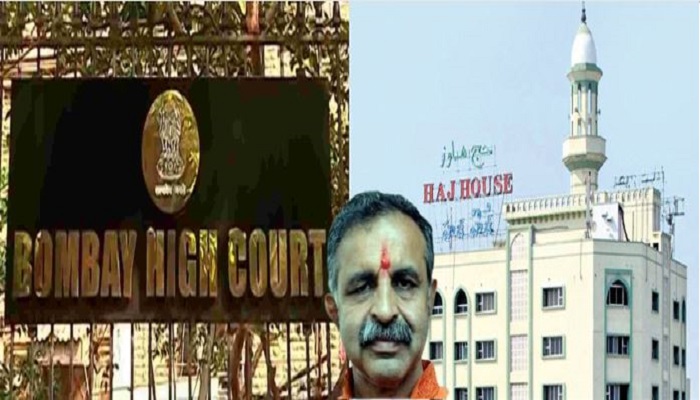ISRO announces all activities on Chandrayaan-3 are on schedule and all systems normal

[ad_1]
A day after the Vikram lander of the Chandrayaan-3 mission successfully landed on the south pole of the moon, ISRO has said that several systems of the mission have been turned on and they are working as expected. The space research organisation posted an update on X saying that all activities are on schedule and all systems are normal.
The agency gave details of the systems which have started working from today. They are ILSA, RAMBHA and ChaSTE systems on the Vikram lander module, SHAPE payload on the propulsion module, and the mobility systems of the Pragyan rover.
Chandrayaan-3 Mission:
All activities are on schedule.
All systems are normal.🔸Lander Module payloads ILSA, RAMBHA and ChaSTE are turned ON today.
🔸Rover mobility operations have commenced.
🔸SHAPE payload on the Propulsion Module was turned ON on Sunday.
— ISRO (@isro) August 24, 2023
ILSA stands for Instrument for Lunar Seismic Activity, which will measure the seismicity around the landing site of the lander. It will also study the composition of the Moon’s crust and mantle. RAMBHA stands for Radio Anatomy of Moon Bound Hypersensitive ionosphere and Atmosphere, which will study the electrons and ions near the surface of the moon and how they change over time.
The third lander payload ChaSTE is Chandra’s Surface Thermophysical Experiment, which will measure the thermal conductivity and temperature of the lunar surface at the south pole region.
The SHAPE payload on the propulsion module is the Spectro-polarimetry of Habitable Planet Earth, and its job is to study the spectral and Polari metric measurements of Earth from the lunar orbit. This instrument will help in future discoveries of smaller planets in reflected light. It will also allow the scientists to probe into a variety of Exo-planets which would qualify for habitability, or to study the presence of life.
Basically, SHAPE system will observe light coming from Earth, the only planet known to have life. This observation may help in identifying other planets with life orbiting other stars other than the sun.
Here is how the Lander Imager Camera captured the moon’s image just prior to touchdown. pic.twitter.com/PseUAxAB6G
— ISRO (@isro) August 24, 2023
It is notable that the propulsion module is the spacecraft that carried the lander module from the launch vehicle to the lunar orbit, where the lander module containing the rover was separated. While it is not designed as an orbiter, it has enough fuel left to orbit around the moon for several months.
ISRO also mentioned that Rover mobility operations have commenced, which means that the Pragyan rover has started to move on the surface after rolling down from the lander using a ramp.
Apart from the systems turned on today, the Vikram Lander module has several other scientific instruments. The include Langmuir Probe (LP) to estimate the plasma density and its variations, a passive Laser Retroreflector Array from NASA for lunar laser ranging studies.
Apart from them, there are a number of sensors on Vikram, which are Laser Inertial Referencing and Accelerometer Package (LIRAP), Ka-Band Altimeter (KaRA), Lander Position Detection Camera (LPDC), LHDAC (Lander Hazard Detection & Avoidance Camera), Laser Altimeter (LASA), Laser Doppler Velocimeter (LDV), Lander Horizontal Velocity Camera (LHVC), Micro Star sensor, Inclinometer & Touchdown sensors.
The Pragyan rover module has two scientific experiments, Alpha Particle X-ray Spectrometer (APXS) and Laser Induced Breakdown Spectroscope (LIBS). APXS will determine the composition of elements such as magnesium, aluminium, silicon, potassium, calcium, titanium, and iron in the lunar soil and rocks, while LIBS will determine the chemical and mineral composition of the lunar surface.
Unlike the Chandrayaan-2 mission, the Chandrayaan-3 mission does not have an orbiter. However, the Chandrayaan-2 orbiter is still in lunar orbit and has already established two-way communications with the Vikram lander.
The Vikram lander has direct links with Indian Deep Space Network (IDSN), while the rover has communication link only with the lander. Chandrayaan-2 orbiter will also be used for contingency link.
[ad_2]
Source link



